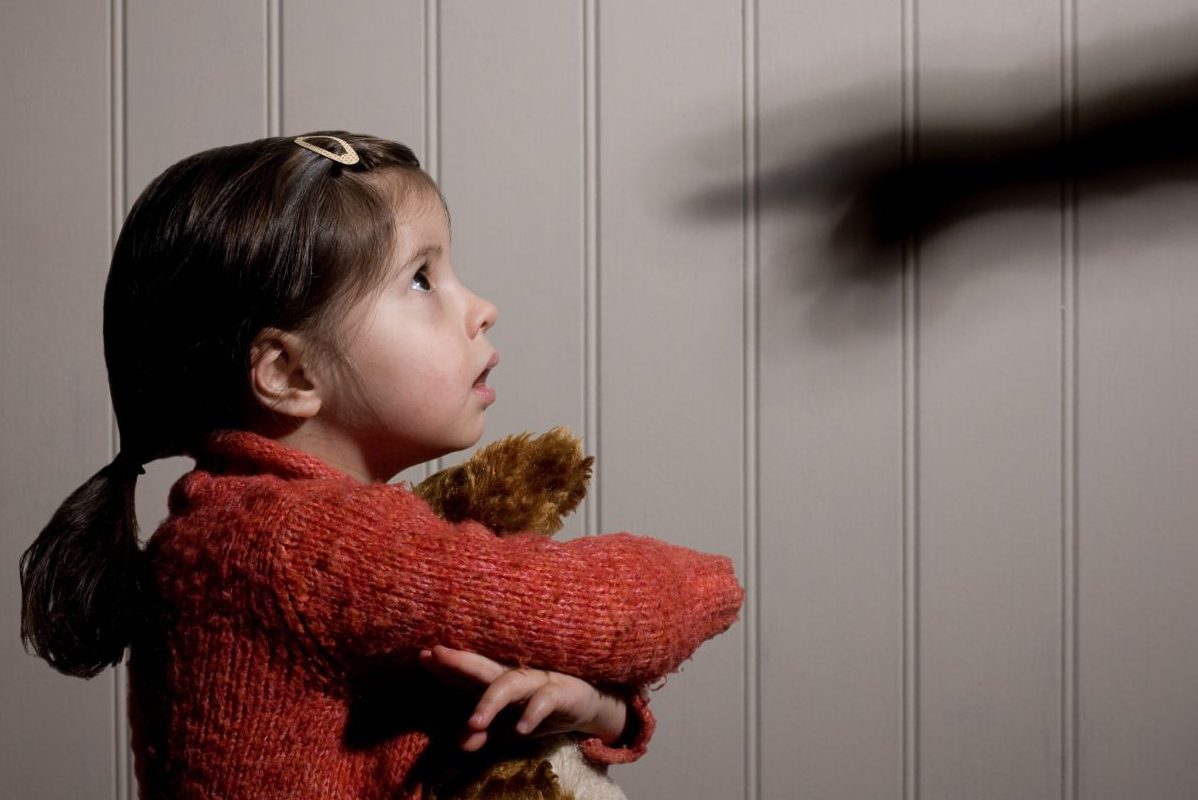Delhi Govt appeals to citizens to report child abuse, begging cases
They can report the matter on the child helpline number ‘1098’ which is a round-the-clock emergency toll-free number to report the cases concerning the children.

Ian Nolan / Getty Images
Covid 19 pandemic put the entire humanity through various vulnerabilities putting children, specially at greater risks of physical and emotional traumas due to crimes related to sex. This despite the fact that most of the children were within the safer confines of their homes. According to recent National Crime Bureau Records (NCRB) data over 350 crimes were recorded against Children each day amidst the Covid lock down in 2020. Surprisingly most of these crimes against children were committed within their own house and by someone known to these children-a close relative or family friends.
The Government Statistics suggest almost 90 per cent of minor rapes in India were committed by people known to the victims such as relatives, neighbours etc. This made a perfect recipe to make children and teens grow more vulnerable in a time when there was no social mobility.
Advertisement
Pandemic and physical vulnerability of children
Advertisement
Children have been impacted by the pandemic in different ways – including by the psycho social burden of having lost their parents or caregivers, in addition to the secondary adversities resulting from such loss (for example, poverty, abuse, and institutionalization).
During the COVID-19 pandemic, many countries implemented emergency measures to reduce the spread of the disease. However, these measures may have intensified sexual and gender-based violence (SGBV). According to the United Nations around 243 million women aged 15–49 had been subjected to SGBV by an intimate partner. This number has a significant percentage of girls below adulthood. According to a UN Population Fund estimate, after 6 months of emergency measures put in place due to the pandemic in 2022, there were around 31 million additional SGBV cases worldwide. COVID-19 has further intensified SGBV due to lock down measures, effectively trapping victims in their homes with potential abusers.
Reasons for increased crime against children during Pandemic
Findings suggest that measures used to control COVID-19 exacerbated sexual violence against children, particularly girls. The emergency measures introduced to prevent COVID-19 spread, including a nightly dusk-to-dawn curfew, travel restrictions, and school closures may have increased the risk for children.
School closures and reduced parental monitoring- specially among the low income families, have coincided with an increase in offenses perpetrated by individuals known to the survivor.
Other pressing issues which lead to child crime are overpopulation, which leads to poor quality of services for each member of the family, poverty causing illiteracy and certain cultural, social and mythical norms regarding the parental authority of children making them their property.
Many minors who were compelled to work as domestic helpers, or who were forced to hawk or beg on the street became the prime target. They were sexually exploited and driven into prostitution as a result of starvation, poverty, and being compelled to support their family.
“Grooming” is a key phrase used in child sexual abuse. It can be described as a tactic used by perpetrators to win a child’s complete trust so they can subject the child to inappropriate sexual behavior.
Why are children at greater risk for sexual violence
It has been reported that offenses have been perpetrated by neighbors during the pandemic compared to before (42 vs. 16%) according to general estimates by various agencies. There are reported cases wherein neighbors have gained access to children through the ruse of providing educational resources, such as laptops and internet access, during school closures.
Shifting patterns in the “who, what and where” of sexual violence seen during COVID-19 illustrate the versatility of sexual offending, which means that offenders adjust their offending behaviors to correspond with the offending opportunities that arise, specially in case of children. Most sexual offenders, including child molesters, are versatile. Many sexual offenders do not have a predilection toward victims of a specific age range, but rather victimize people across a range of ages. Most concerning is that versatile offenders pose a higher risk for future sexual and violent recidivism than non-versatile offenders.
One of the most typical strategies used by offenders to manipulate children is to give them special treatment or presents, which confuses the child. The criminals also persuade the youngster to keep the sexual actions between them hidden, causing the child to further endure pain. It has also been discovered that more than 30% of child victims are more likely to remain silent about their experiences of sexual abuse owing to the pressure and power play of their family members or because of the fear and trauma produced by the act and by the offender.
Since the COVID-19 pandemic resulted in more unsupervised children and offenders being close to home, it most likely provided increased opportunities for offenders to target and violate especially younger children.
Thus, it is important for policy makers and duty bearers to recognize that sexually violent behavior evolves with the circumstances. Therefore, protection strategies need to be reviewed and adapted to changing risks.
Advertisement
They can report the matter on the child helpline number ‘1098’ which is a round-the-clock emergency toll-free number to report the cases concerning the children.
The Indian economy faces a multifaceted challenge as food prices continue to rise, exerting significant pressure on households and policymakers alike.
WBCPCR Chairperson Tulika Das said the traffickers and other unscrupulous persons use fake identities on social media platforms to lure children into their traps.
Advertisement
